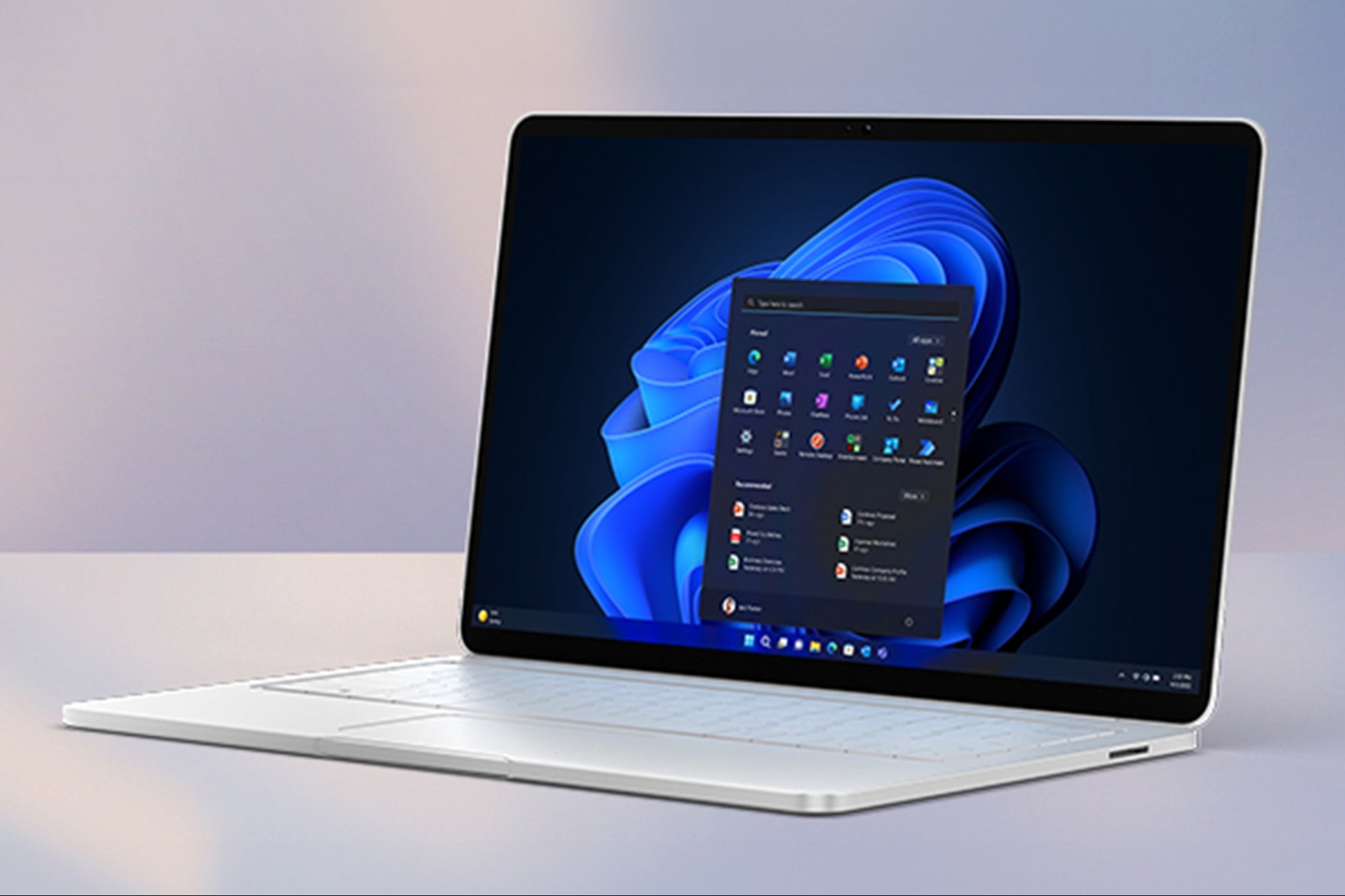5 Steps to Creating a Valuable Customer Conference For a startup trying to get off the ground (or a business looking to grow), customer relationships are crucial as these people fuel the business. To stand out against competitors and develop lasting relationships, startups should consider hosting a customer conference.
Opinions expressed by BIZ Experiences contributors are their own.
Attracting and retaining customers is an ongoing challenge for all companies, but for a startup trying to get off the ground (or a business looking to grow), customer relationships are crucial as these people fuel the business. Newsletters, social media and loyalty programs are basic ways to engage customers, but startups looking to stand out against their competitors and develop lasting relationships with their customers need to make a bigger, bolder effort. Enter the customer conference. These conferences can be an open forum for customers to share best practices and experiences with each other, as well as openly converse and collaborate with the company.
This April marked another milestone in SundaySky's young, yet mature, timeline: We hosted our second annual customer conference. Our conference has significantly amplified in 12 months -- from the location and size to the number of guests and speakers -- but what remained the same (and will continue to in years to come) are the objectives as to why we kicked off the conference in the first place. We wanted to create a forum to empower our customers as first movers and thought leaders and enable them to connect and engage with each other and share their own expertise. We learned many lessons from our inaugural event, and even more from our second this year.
For startup companies and young organizations looking to develop their own customer, user or partner summits, here are five tips to act as a guiding blueprint to ensure your conference is highly valuable for both your attendees and your company.
Related: In This Smartphone-Obsessed World, He Who Communicates Best With His Customer Wins
1. Define objectives and goals for your organization. Naturally, this is the first step for any business endeavor. While objectives may be easier to define during conference development, goals should be just as targeted for your conference as they are for every other part of your business. Defined goals will support your main objectives and will help you measurably evaluate what was successful and what needs tweaking after the conference for next year. For instance, do you have a target number of users to attend or percentage of revenue for a new product? Start measuring these metrics so you can see year over year how they compare.
2. Define attendee personas and value. Just as you define buyer personas for your company, you'll need to define attendee personas for your conference. This is the first step in understanding the intended audience and, subsequently, the content to be presented. What are the role and responsibilities of your attendee? Are they executive buyers or product users? What are their pain points? What problem are you solving for them and what do they want to take away from the conference? What do they value most and what are their goals?
Whether you are announcing new products, teaching educational workshops or providing a platform for your customers to network with peers across industries, ensure there is high value for your audience so that the time they dedicate to attending the conference is worthwhile.
Related: Want Your Startup to Do a Better Job? Avoid These 3 Myths.
Additionally, your conference can be a compelling event to organize interactions between different subsets of customers (such as segmented by region or company size), or between customers and prospects, to let your customers share their own experiences and practices to each other, as well as speak about your product on your behalf.
3. Assemble a content committee. Like other initiatives in your company, assembling a committee to help define your conference content is key, and you earn bonus points for a task force that represents all facets of your organization and products or services. While conferences are typically spearheaded by the marketing department, try mixing in a delegate from various departments to ensure attendee personas are receiving value from different perspectives.
And if possible, consider adding an attendee perspective to your content development, too, from one or two early adopters or lighthouse customers. Of course this shouldn't be a heavy time commitment for customers, so consider holding a 30-minute focus group or invite them to host a panel and speak on your behalf. Having customer perspective during the planning phase will help keep the conference hyper-focused on what is interesting and valuable for the audience.
Related: How the Rules of Customer Satisfaction Have Changed
4. Ensure specific calls to action. Your conference and each individual session should have clear and specific calls to action for the audience. This was one lesson we learned after our inaugural summit, and as our content committee developed sessions for each attendee persona this year, we ensured clear calls to action for the audience were present and delivered.
5. Get feedback from everyone. Feedback from every person at the conference is valuable, as each has a unique perspective of his or her individual experience. The audience is an obvious feedback source, and can be collected in real time after each speaker and in the form of post-event surveys. Additionally, be open to feedback from your speakers, employees and investors in attendance.
As growing startups know, constructive criticism is essential for growing and creating lasting value for your company, and a customer conference is a significant step in that direction.












